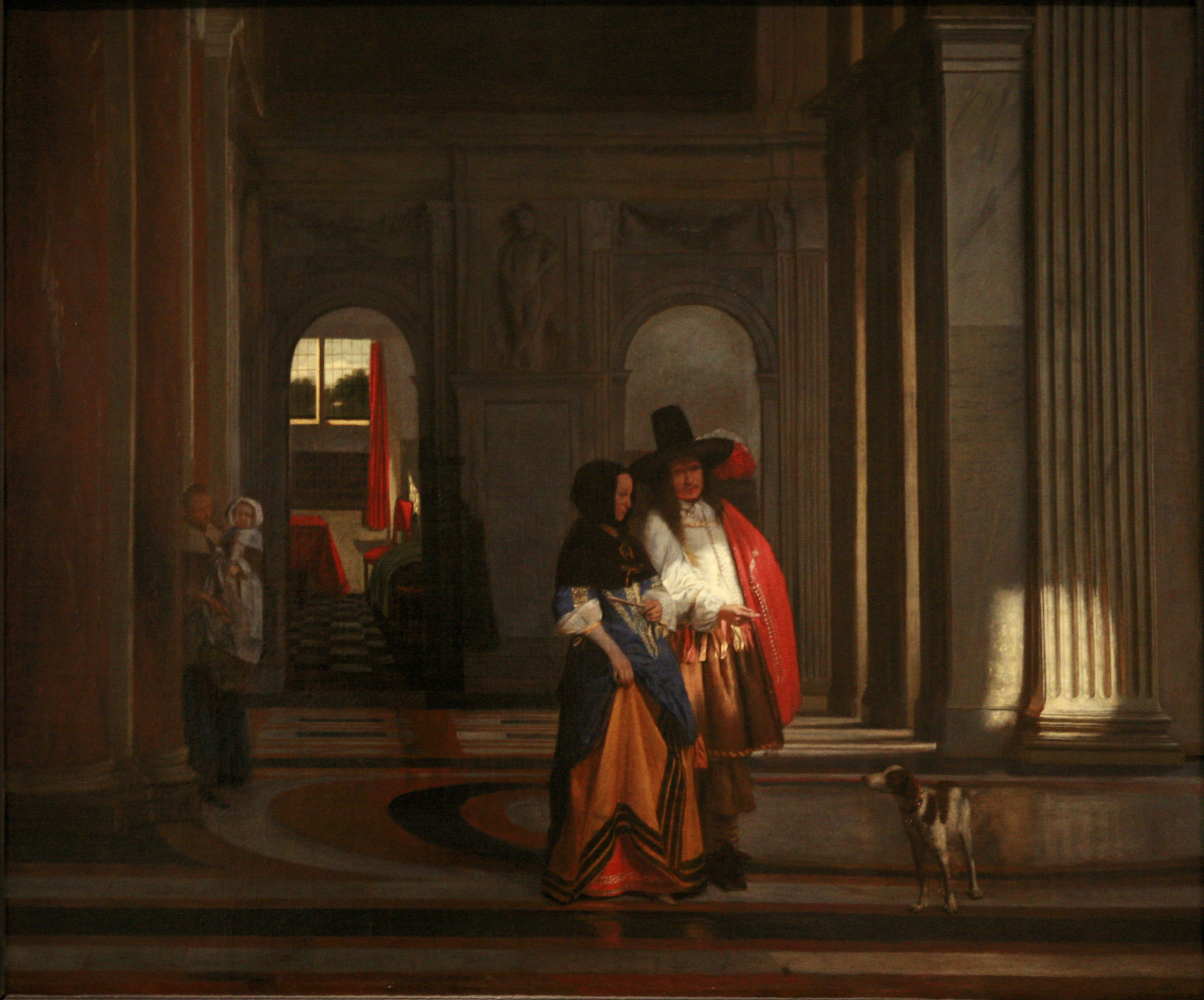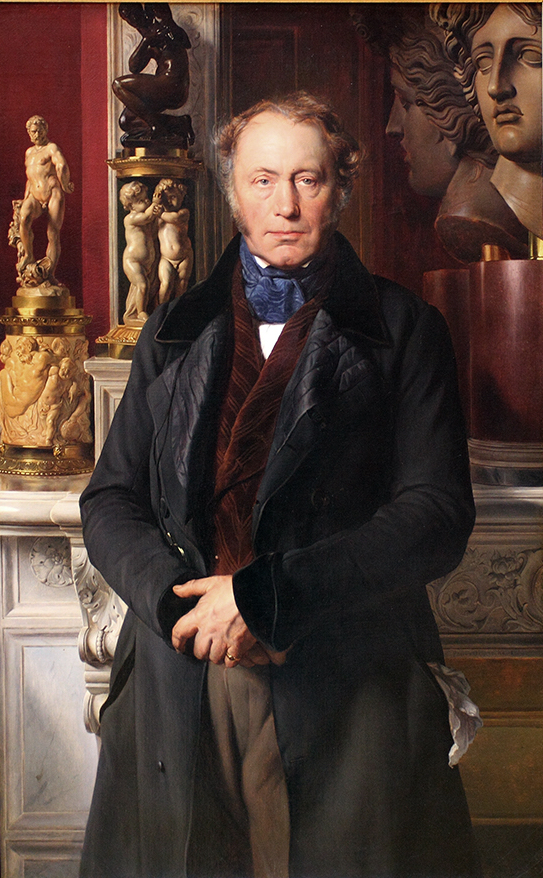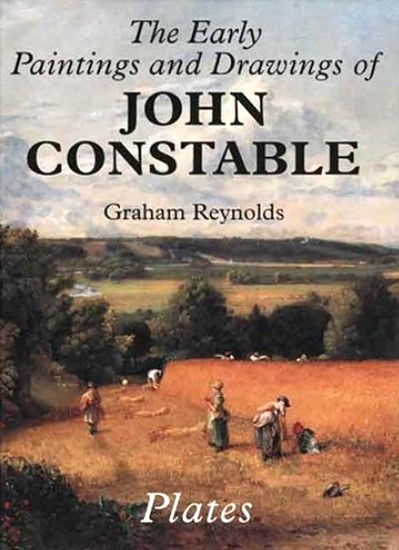|
Cardplayers In A Sunlit Room
''Cardplayers in a Sunlit Room'' (1658) is an oil-on-canvas painting by the Dutch painter Pieter de Hooch; it is an example of Dutch Golden Age painting and is now in the Royal Collection, and on display at the Queen's Gallery in London. This painting was documented by Hofstede de Groot in 1908, who wrote:254. THE CARD-PLAYERS. Sm. 48. ; de G. 41. In the right-hand corner of a room with a wooden ceiling and a tiled floor a young lady and a gentleman are playing cards at a table, while two other gentlemen look on. The lady, seated on the right, is about to play a card from her hand. On her left stands a cavalier, holding a pipe in his right hand; he wears a plumed hat and a doublet of light grey with pink ribbons; a grey cloak hangs upon a peg to the right. To the right of the lady sits another cavalier with cards in his hand, who glances up at the gentleman. A third young man, bareheaded and seen in full light, sits, with his back half-turned to the spectator, at the left-hand fro ... [...More Info...] [...Related Items...] OR: [Wikipedia] [Google] [Baidu] |
Pieter De Hooch
Pieter de Hooch (, also spelled "Hoogh" or "Hooghe"; 20 December 1629 (baptized) – 24 March 1684 (buried)) was a Dutch Golden Age painter famous for his genre works of quiet domestic scenes with an open doorway. He was a contemporary of Jan Vermeer in the Delft Guild of St. Luke, with whom his work shares themes and style. Biography De Hooch was born in Rotterdam to Hendrick Hendricksz de Hooch, a bricklayer, and Annetge Pieters, a midwife. He was the eldest of five children and outlived all of his siblings. Little is known of his early life and most archival evidence suggests he worked in Rotterdam, Delft, and Amsterdam. According to his first biographer Arnold Houbraken, he studied art in Haarlem under the landscape painter Nicolaes Berchem at the same time as Jacob Ochtervelt and was known for his "kamergezichten" or "room-views" with ladies and gentlemen in conversation. [...More Info...] [...Related Items...] OR: [Wikipedia] [Google] [Baidu] |
Oud Holland
''Oud Holland – Journal for Art of the Low Countries'' is a quarterly peer-reviewed academic journal covering art from the (Northern) Netherlands and Southern Netherlands (Belgium) from c. 1400–1920. Oud Holland is the oldest surviving art-historical journal in the world. It was founded by Adriaan de Vries and Nicolaas de Roever in 1883, since then 132 volumes have appeared. From 1972 the journal has been published by the RKD – Netherlands Institute for Art History; since 2008 in collaboration with Brill Publishers Brill Academic Publishers (known as E. J. Brill, Koninklijke Brill, Brill ()) is a Dutch international academic publisher founded in 1683 in Leiden, Netherlands. With offices in Leiden, Boston, Paderborn and Singapore, Brill today publishes 27 .... The editorial board consists of Elmer Kolfin (editor-in-chief), Menno Jonker (managing editor), John Bezold (online review editor), Jan Dirk Baetens, Yvonne Bleyerveld, Edwin Buijsen, Nils Büttner, Volker Manuth, T ... [...More Info...] [...Related Items...] OR: [Wikipedia] [Google] [Baidu] |
1658 Paintings
Events January–March * January 13 – Edward Sexby, who had plotted against Oliver Cromwell, dies in the Tower of London. * January 30 – The " March Across the Belts" (''Tåget över Bält''), Sweden's use of winter weather to send troops across the waters of the Danish straits at a time when winter has turned them to ice, begins. Within 17 days, Sweden's King Karl X Gustav leads troops across the ice belts to capture six of Denmark's islands as Swedish territory. * February 5 – Prince Muhi al-Din Muhammad, one of the sons of India's Mughal, Emperor Shah Jahan, proclaims himself Emperor after Jahan names Muhi's older brother, Dara Shikoh, as regent, and departs from Aurangabad with troops. * February 6 – Swedish troops of Charles X Gustav of Sweden cross The Great Belt in Denmark, over frozen sea. * March 8 (February 26 OS) – The peace between Sweden and Denmark is concluded in Roskilde by the Treaty of Roskilde, under which ... [...More Info...] [...Related Items...] OR: [Wikipedia] [Google] [Baidu] |
Buckingham Palace
Buckingham Palace () is a London royal residence and the administrative headquarters of the monarch of the United Kingdom. Located in the City of Westminster, the palace is often at the centre of state occasions and royal hospitality. It has been a focal point for the British people at times of national rejoicing and mourning. Originally known as ''Buckingham House'', the building at the core of today's palace was a large townhouse built for the Duke of Buckingham in 1703 on a site that had been in private ownership for at least 150 years. It was acquired by King George III in 1761 as a private residence for Queen Charlotte and became known as The Queen's House. During the 19th century it was enlarged by architects John Nash and Edward Blore, who constructed three wings around a central courtyard. Buckingham Palace became the London residence of the British monarch on the accession of Queen Victoria in 1837. The last major structural additions were made in the late 19th ... [...More Info...] [...Related Items...] OR: [Wikipedia] [Google] [Baidu] |
James-Alexandre De Pourtalès
James-Alexandre de Pourtalès, Comte de Pourtalès-Gorgier (28 November 1776 – 24 March 1855) was a Swiss-French banker, diplomat and art collector. Early life The Count de Pourtalès was born in Neuchâtel, then in the Principality of Neuchâtel under Prussian rule, into a large family of Protestant financiers on 28 November 1776. He was the son of Countess Rose Augustine Marie de Luze (1751–1791) and Jacques-Louis de Pourtalès (1722–1814), a banker in Naples who amassed a fortune in commerce and was made a count by King Frederick William II. Among his siblings were Louis de Pourtalès (husband of Sophie d'Audanger) and Frédéric de Pourtalès (husband of Marie Louise de Castellane and grandfather of Friedrich von Pourtalès). His paternal grandparents were Jérémie de Pourtalès and Marguerite de Luze (who was the younger sister of his maternal great-grandfather). The Pourtalès family were French Huguenots who settled in Neuchâtel following the revocation of the Ed ... [...More Info...] [...Related Items...] OR: [Wikipedia] [Google] [Baidu] |
Cornelis Sebille Roos
Cornelis Sebille Roos or Cornelis Roos (1754 – 1820) was a Dutch art dealer and inspector of the Nationale Konst-Gallery collection in Huis ten Bosch during the years 1799-1801 Roos was born 10 January 1754 in Amsterdam and baptized six days later in the Walloon church. He became a drawing teacher and manager of Felix Meritis, which he helped found. In 1798 he lived in the left-hand side of the Trippenhuis where he started his art dealership. Many of the paintings he originally purchased have found their way into the collection of the Rijksmuseum. He was friends with Jan Gildemeester and attended the estate sale of his art collection, buying many pieces there that later found their way in the Huis ten Bosch collection. The most notable of these was ''The Threatened Swan'' by Jan Asselijn, which became the first painting purchased by the director of the Nationale Konst-Gallery, Alexander Gogel. The painting, which is not dated, was painted before the events which caused it to be ma ... [...More Info...] [...Related Items...] OR: [Wikipedia] [Google] [Baidu] |
Isaac Walraven
Isaac Walraven (1686 – 1765), was an 18th-century painter from the Northern Netherlands. Biography According to the RKD, he was a pupil of Jan Ebbelaar and the history painter Gerrit Rademaker. He made copies of old masters and was a jeweler and etcher as well as a painter.Isaac Walraven in the He died in Amsterdam. References Isaac Walraven on Artnet
Artnet.com is an art market website. It is operated by Artnet Worldwi ...
[...More Info...] [...Related Items...] OR: [Wikipedia] [Google] [Baidu] |
Gustav Friedrich Waagen
Gustav Friedrich Waagen (11 February 1794 – 15 July 1868) was a German art historian. His opinions were greatly respected in England, where he was invited to give evidence before the royal commission inquiring into the condition and future of the National Gallery, for which he was a leading candidate to become director. He died on a visit to Copenhagen in 1868. Biography Waagen was born in Hamburg, the son of a painter and a nephew and lover of the poet Ludwig Tieck. Having passed through the college of Hirschberg, Silesia (modern Jelenia Góra), he volunteered for service in the Napoleonic campaign of 1813–14, and on his return attended the lectures at Breslau University. He devoted himself to the study of art, which he pursued in the great European galleries, first in Germany, then in the Netherlands and Italy. A pamphlet on the brothers Van Eyck led in 1832 to his appointment to the directorship of the newly founded Berlin Museum (now vastly expanded as the Berlin ... [...More Info...] [...Related Items...] OR: [Wikipedia] [Google] [Baidu] |
Catalogue Raisonné
A ''catalogue raisonné'' (or critical catalogue) is a comprehensive, annotated listing of all the known artworks by an artist either in a particular medium or all media. The works are described in such a way that they may be reliably identified by third parties, and such listings play an important role in authentification. Etymology The term ''catalogue raisonné'' is French, meaning "reasoned catalogue"Catalogue raisonné , ''Online Merriam-Webster Dictionary''. (i.e. containing arguments for the information given, such as attributions), but is part of the of the English-speaking art world. The spelling is never Americanized to "catalog", even ... [...More Info...] [...Related Items...] OR: [Wikipedia] [Google] [Baidu] |
Queen's Gallery
The Queen's Gallery is the main public art gallery of Buckingham Palace, home of the British monarch, in London. It exhibits works of art from the Royal Collection (the bulk of which works have since its opening been regularly displayed, so held in trust for the nation, rather than kept privately) on a rotating basis. It has its own access façade and typically displays about 450 works, always including mainly paintings and drawings. Building history The gallery forms the most protruding south wing of the Palace. Its entrance/exit is on the site of a chapel bombed during the Second World War. The gallery opened in 1962; in the next 37 years the gallery received 5 million visitors, until its closure in 1999 (1999 to 2002) for expansion. The expansion, was commissioned from architect John Simpson. On 21 May 2002, the gallery was reopened by Elizabeth II to coincide with her Golden Jubilee. The expansion made the Doric entrance portico, new rooms, and more than tripling in ... [...More Info...] [...Related Items...] OR: [Wikipedia] [Google] [Baidu] |
John Smith (art Historian)
John Smith (1781–1855) was a 19th-century British art dealer who developed the concept of the catalogue raisonné. Smith was born in London. He began dealing in art as a framemaker, specializing in wood-carving and gilding.Review of book about Smith on He became an art dealer and art consultant known for his "reasoned catalog" of painters that he wrote in 8 volumes and sold by subscription to his art clients during the years 1829 to 1837, and to which he added a 9th volume as a supplement in 1842. Sources * Volume 1 (1829): , Pieter van Slingelant, |
Hofstede De Groot
Cornelis Hofstede de Groot (9 November 1863 – 14 April 1930), was a Dutch art collector, art historian and museum curator. Life He was born in Dwingeloo and spent some time in Switzerland in his youth due to weak lungs, where he learned German. He became the first academically schooled art historian of the Netherlands, receiving his training in Leipzig, which is why much of his work was published in German, most notably his lengthy 10-part ''Beschreibendes kritisches Verzeichnis der Werke der hervorragendsten Holländischen Mahler des XVII. Jahrhunderts'' (1907–28), also known as a rewrite of John Smith's ''catalogue raisonné'' (9 vols.; 1829–42, London). He became an expert who had many differences of opinion with Abraham Bredius and other art collectors, while serving various institutions to do with the arts of the Netherlands, including the Frans Hals Museum, Gemeentemuseum Den Haag, and the RKD. In 1893 he published a short article on Judith Leyster in the jo ... [...More Info...] [...Related Items...] OR: [Wikipedia] [Google] [Baidu] |


.jpg)



.jpg)

